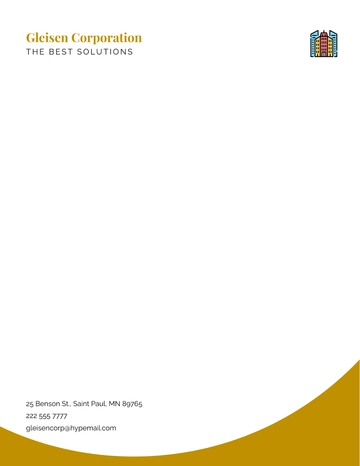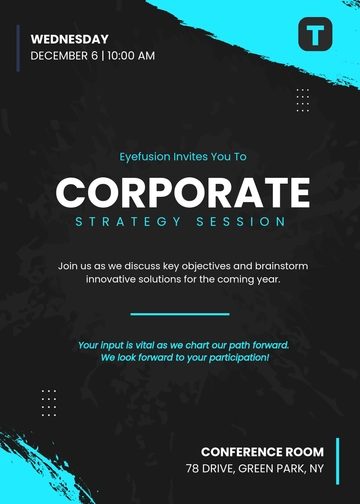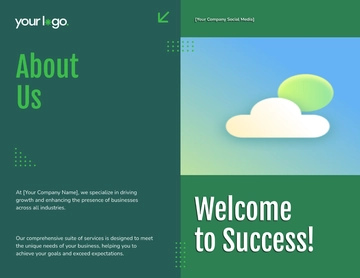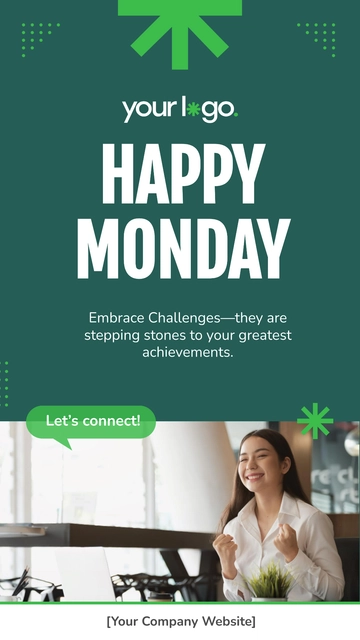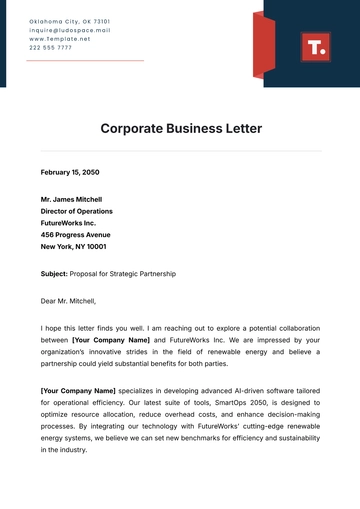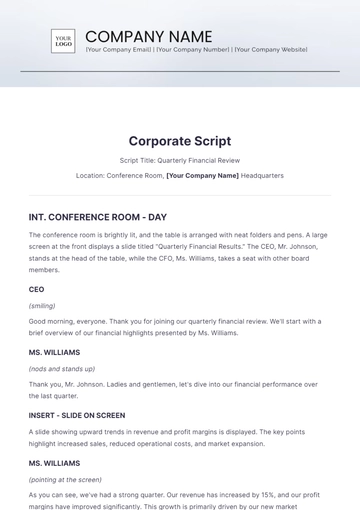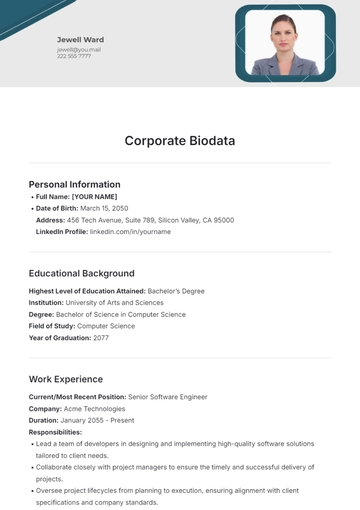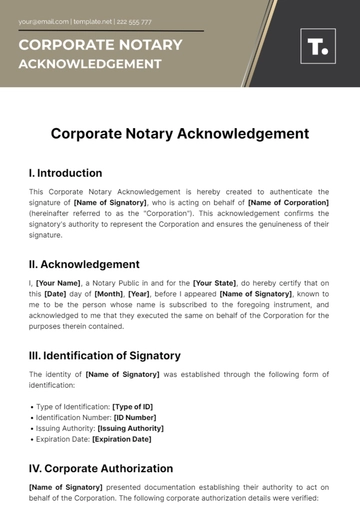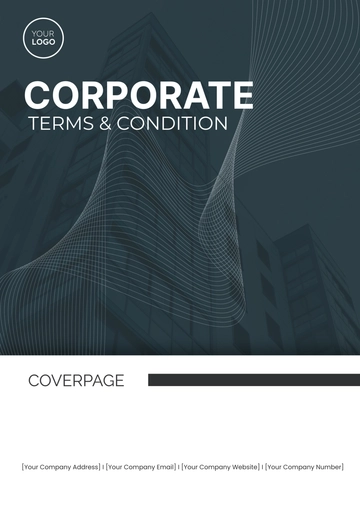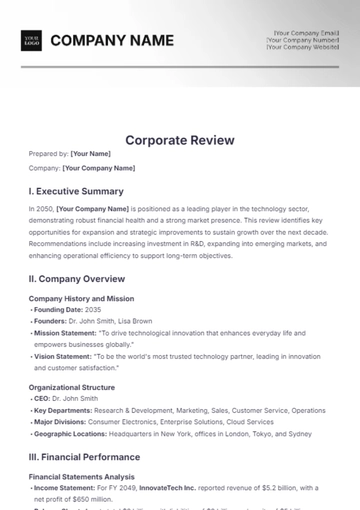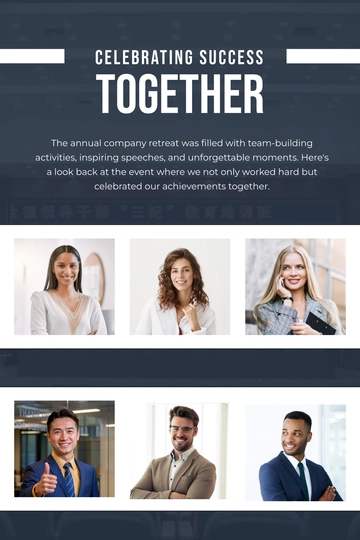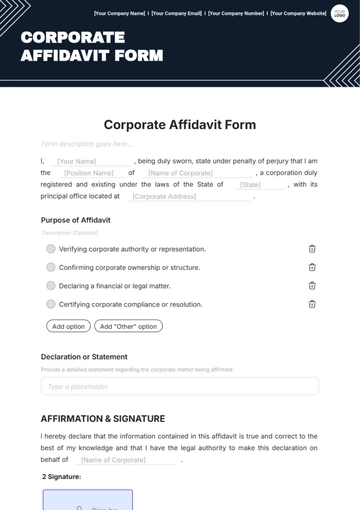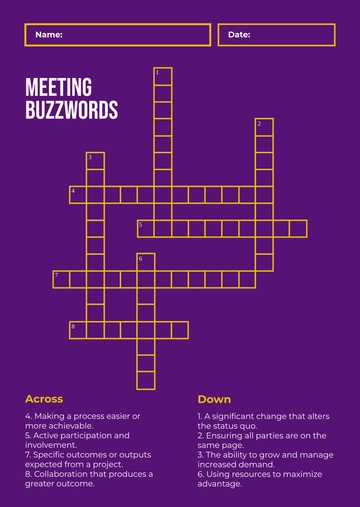Free Corporate Culture Ethnography
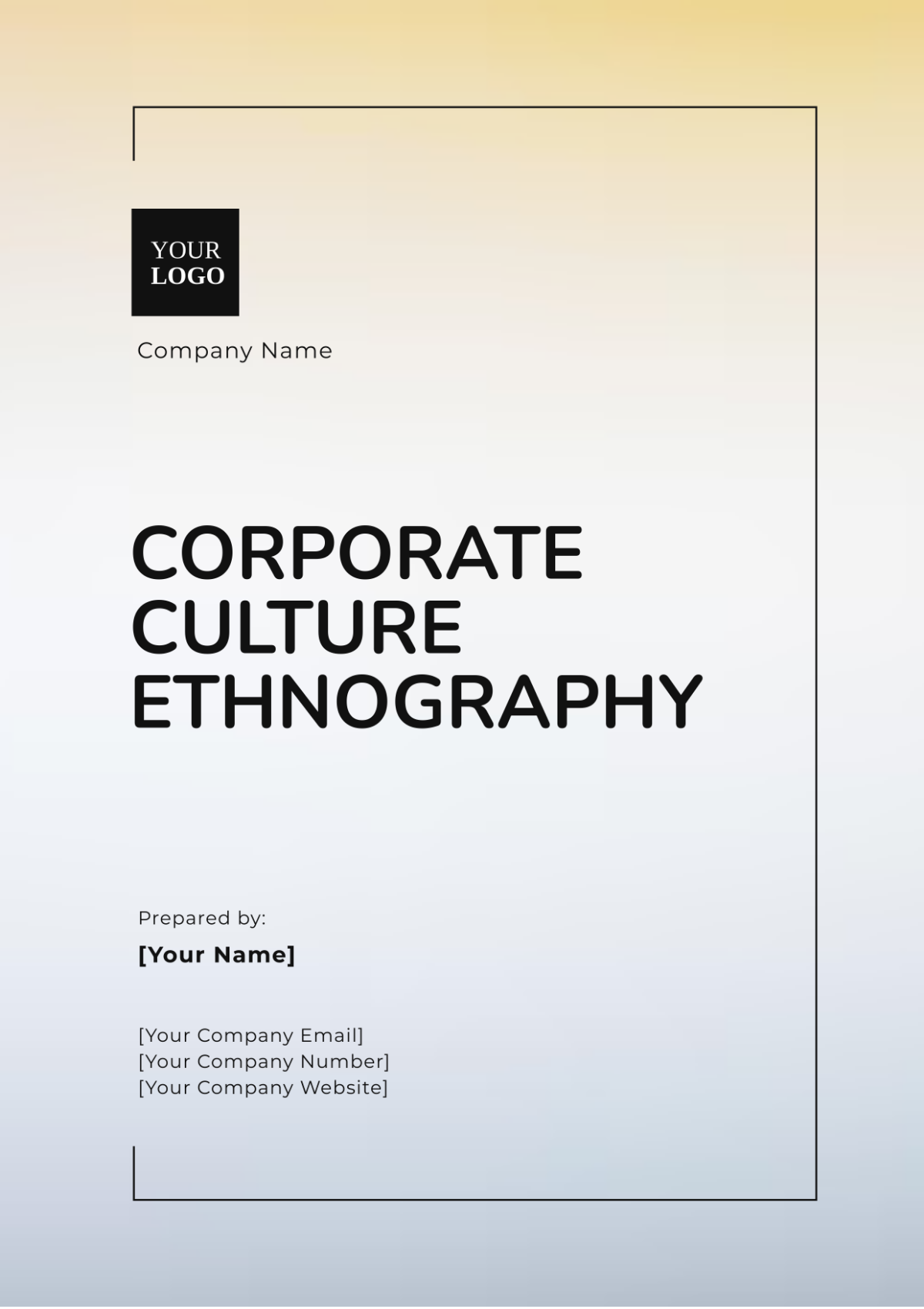
1. Introduction
Purpose: This ethnographic study aims to comprehensively analyze the corporate culture at [Your Company Name]. It seeks to uncover and evaluate the underlying values, behaviors, and social norms that shape the organizational environment and employee experiences.
Scope: The analysis covers various aspects of the corporate culture, including interpersonal interactions, communication practices, leadership influence, and organizational rituals.
2. Methodology
Data Collection Methods:
Interviews: Conduct in-depth interviews with a diverse range of employees, including executives, managers, and frontline staff, to gain a multifaceted view of the company’s culture.
Observations: Perform systematic observations of workplace interactions, team meetings, and informal gatherings to capture real-time cultural dynamics.
Surveys: Distribute comprehensive surveys to collect quantitative data on employee perceptions, engagement levels, and cultural alignment.
Data Analysis: Utilize thematic analysis for qualitative data to identify recurring patterns and themes, and apply statistical methods to analyze survey results for actionable insights.
3. Organizational Structure
Hierarchy: Provide a detailed overview of the organizational structure, including key departments, reporting lines, and decision-making processes.
Roles and Responsibilities: Describe the roles and responsibilities of critical positions, highlighting their impact on the overall corporate culture and operational effectiveness.
4. Cultural Values and Norms
Core Values: Examine the company’s articulated values (e.g., innovation, integrity, teamwork) and assess how these values are reflected in daily practices and employee behaviors.
Rituals and Traditions: Document the company’s rituals, traditions, and cultural practices (e.g., team-building events, recognition programs) that reinforce organizational identity and employee engagement.
5. Communication Patterns
Internal Communication: Analyze communication channels (e.g., meetings, email, collaboration platforms) and assess their effectiveness in promoting transparency and collaboration.
External Communication: Evaluate how the company’s communication with external stakeholders (e.g., clients, and partners) influences internal culture and employee perceptions.
6. Employee Experiences
Morale and Engagement: Provide insights into employee morale, job satisfaction, and engagement levels, identifying factors that contribute to or detract from a positive work environment.
Work-Life Balance: Assess the company’s support for work-life balance, including policies and practices that impact employees’ ability to manage their professional and personal lives.
Interactions: Analyze the quality of workplace relationships, including team dynamics, interdepartmental cooperation, and social interactions.
7. Leadership Styles
Leadership Approach: Describe prevalent leadership styles (e.g., transformational, participative) and their impact on organizational culture and employee motivation.
Impact on Culture: Examine how leadership behaviors and decisions shape the company’s cultural climate and influence employee attitudes and performance.
8. Findings and Analysis
Cultural Dynamics: Summarize key findings related to the company’s cultural patterns, including strengths, challenges, and areas for improvement.
Strengths and Weaknesses: Identify cultural strengths that enhance organizational performance and areas where cultural adjustments may be needed to address gaps.
9. Recommendations
Cultural Enhancements: Provide actionable recommendations for fostering a positive culture, enhancing employee engagement, and reinforcing core values.
Leadership Development: Suggest targeted leadership development initiatives to align practices with desired cultural outcomes and improve managerial effectiveness.
Employee Engagement: Recommend strategies to boost employee satisfaction and involvement, such as recognition programs, professional development opportunities, and improved communication channels.
- 100% Customizable, free editor
- Access 1 Million+ Templates, photo’s & graphics
- Download or share as a template
- Click and replace photos, graphics, text, backgrounds
- Resize, crop, AI write & more
- Access advanced editor
Analyze corporate environments seamlessly with Template.net’s Corporate Culture Ethnography Template. This editable and customizable tool is designed for detailed cultural assessments, and it's editable in our Ai Editor Tool to fit any corporate research needs.
